Philadelphia Fed President, Patrick Harker, shared his insights on the current stance of Fed’s monetary policy. Addressing the topic of monetary tightening, Harker said, “Right now, I think that we’ve probably done enough because we have two things going on.”
Elaborating further, Harker mentioned the twin pillars that have influenced his perspective: “The Fed funds rate increases — they are at a restrictive level, so let’s keep them there for a while. And also we are continuing to shrink our balance sheet that is also removing accommodation.”
Looking to the future, Harker emphasized a data-driven approach, noting, “I see us staying steady throughout the rest of this year, next year is data driven.” When prompted about the potential timing of a rate cut, he candidly stated, “Can’t predict when Fed will cut rates.”




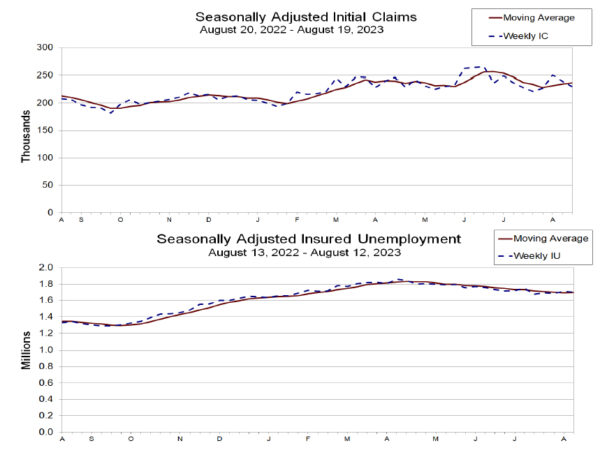
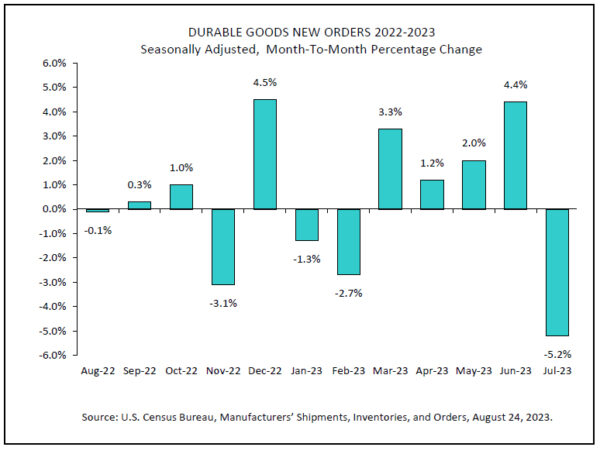
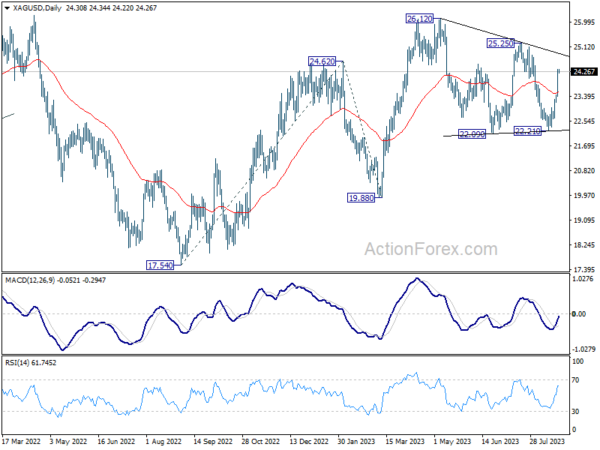
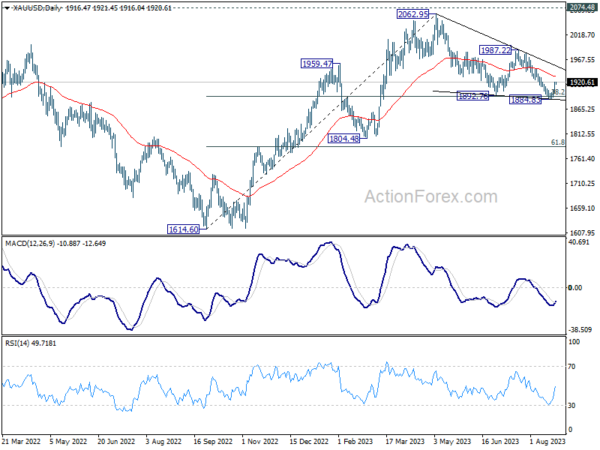

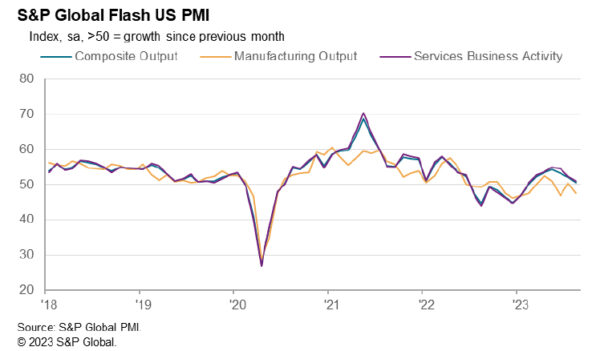
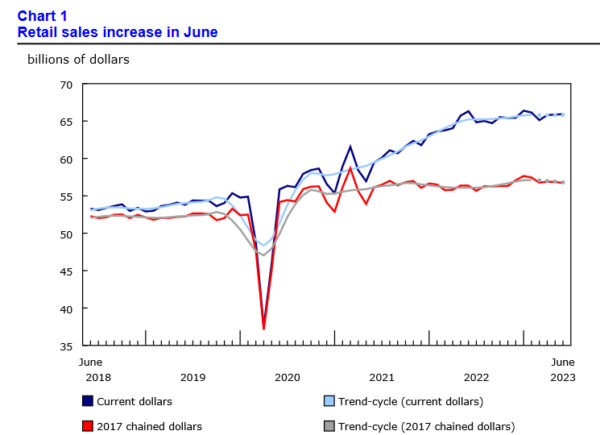
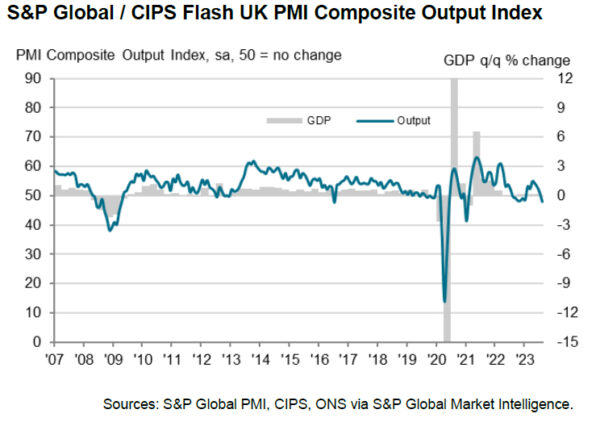
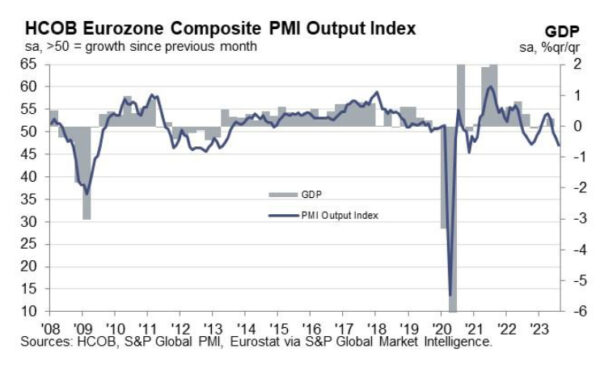
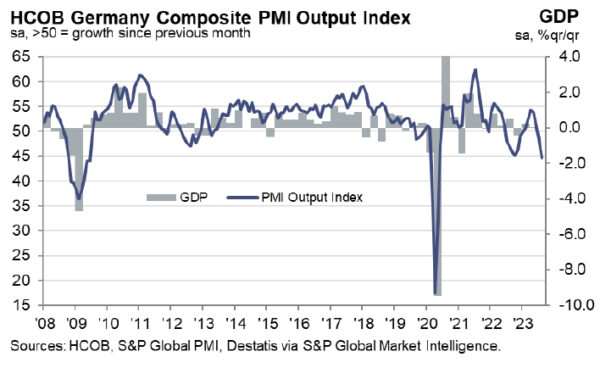
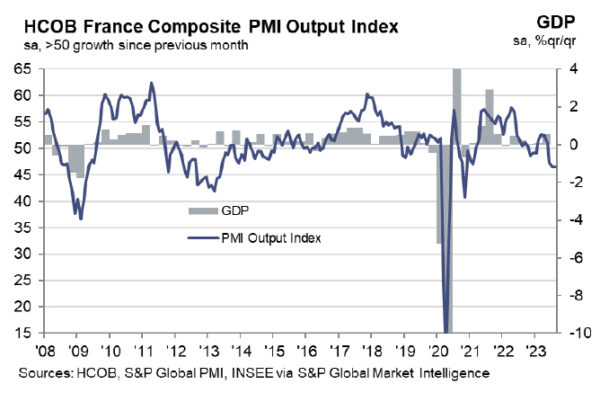
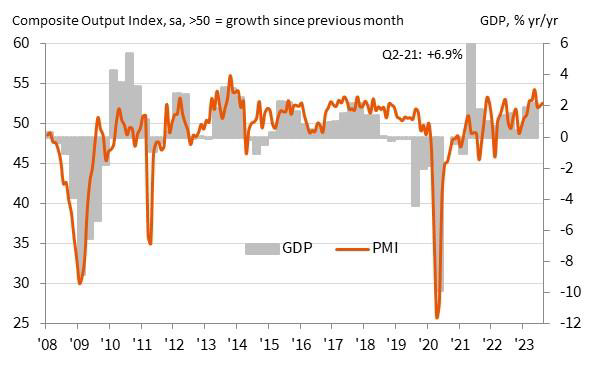
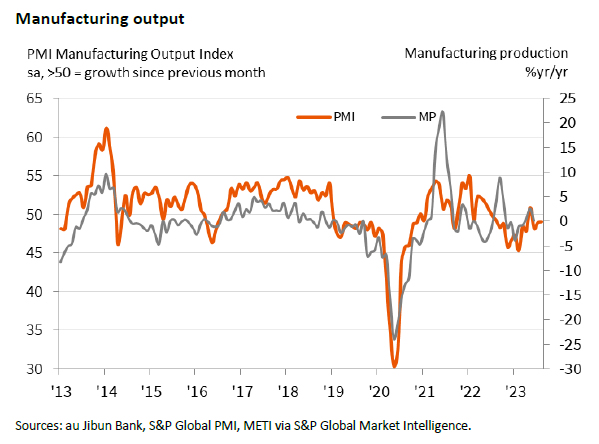
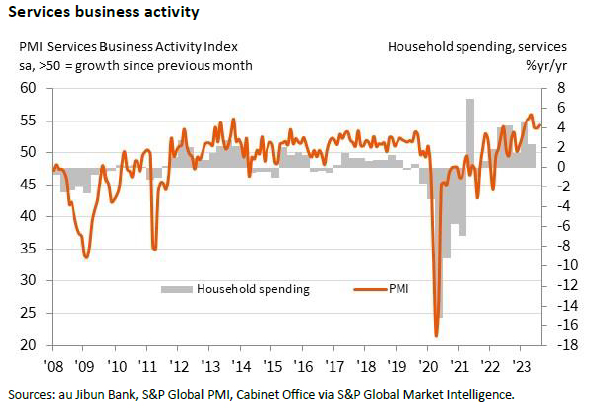
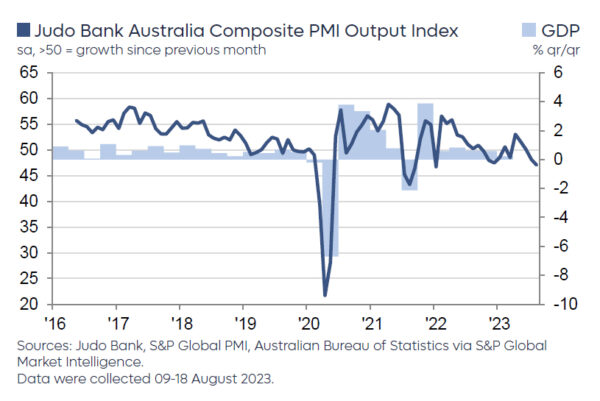
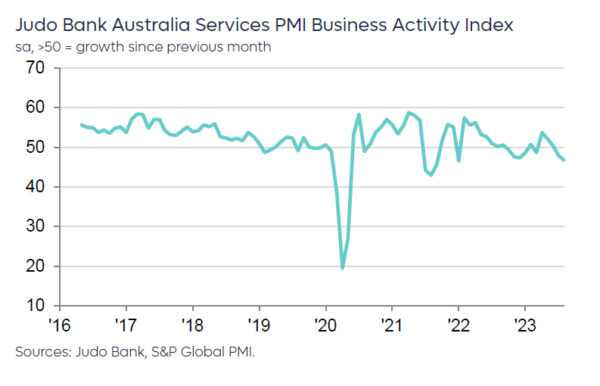
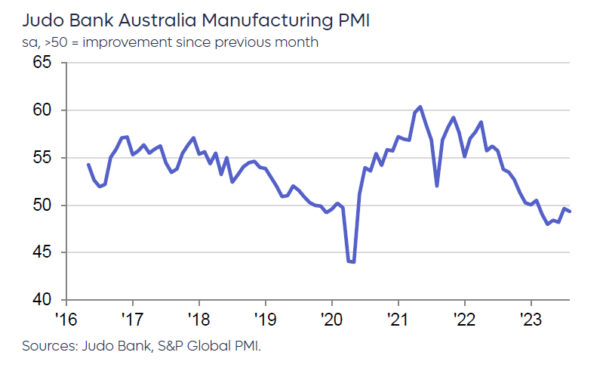
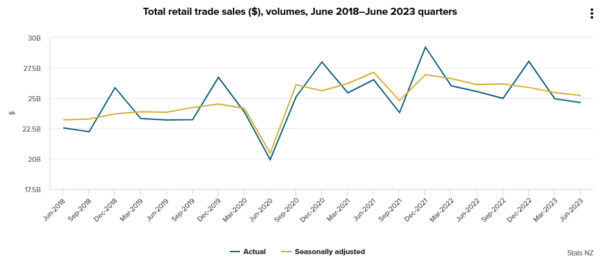
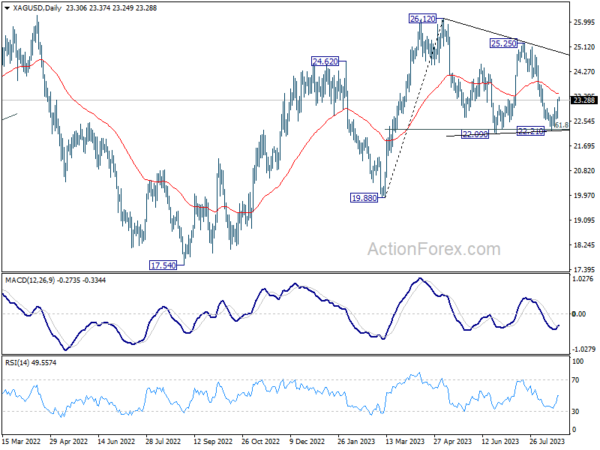
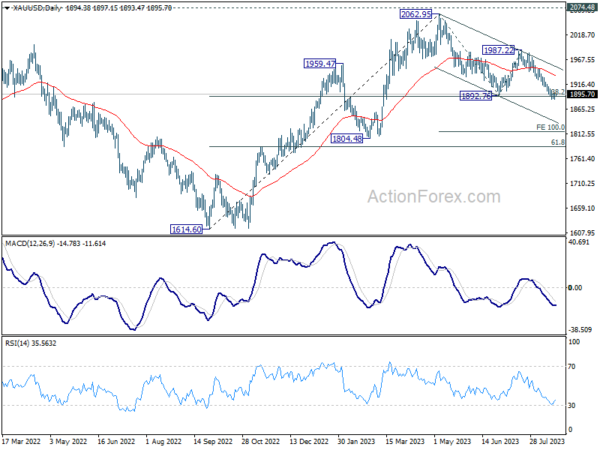
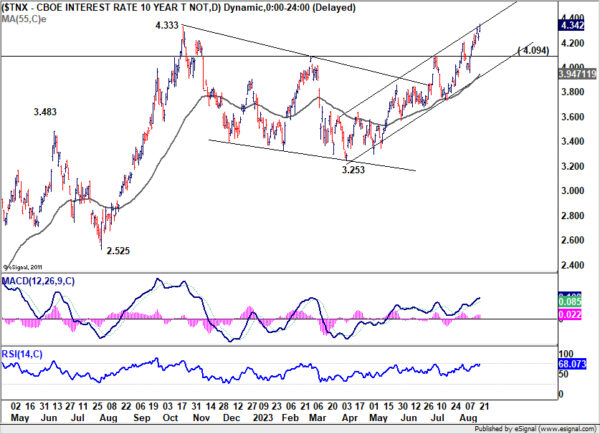
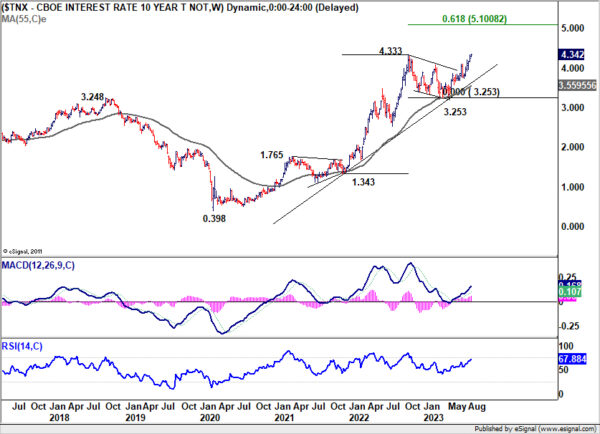

Fed Collins: Be patient and not get ahead of data
Boston Fed President, Susan Collins, offered a cautionary stance on the current monetary policy trajectory in her latest remarks. Addressing the possibility of further rate hikes, Collins noted, “We may be near, we could even be at a place where we would hold” and not lift rates further.
While not ruling out the possibility of future hikes, Collins emphasized a measured approach, stating, “But certainly additional increments are possible, and we need to look holistically and be really patient right now and not try to get ahead of what the data will tell us as it unfolds.”
On the topic of inflation, Collins expressed her confidence in the Federal Reserve’s capabilities, saying she is “hopeful Fed can bring inflation back to 2% in a reasonable amount of time.”
However, she cautioned against making premature judgments about potential rate cuts, remarking it’s “premature to send a clear signal about the timing of rate cuts.”